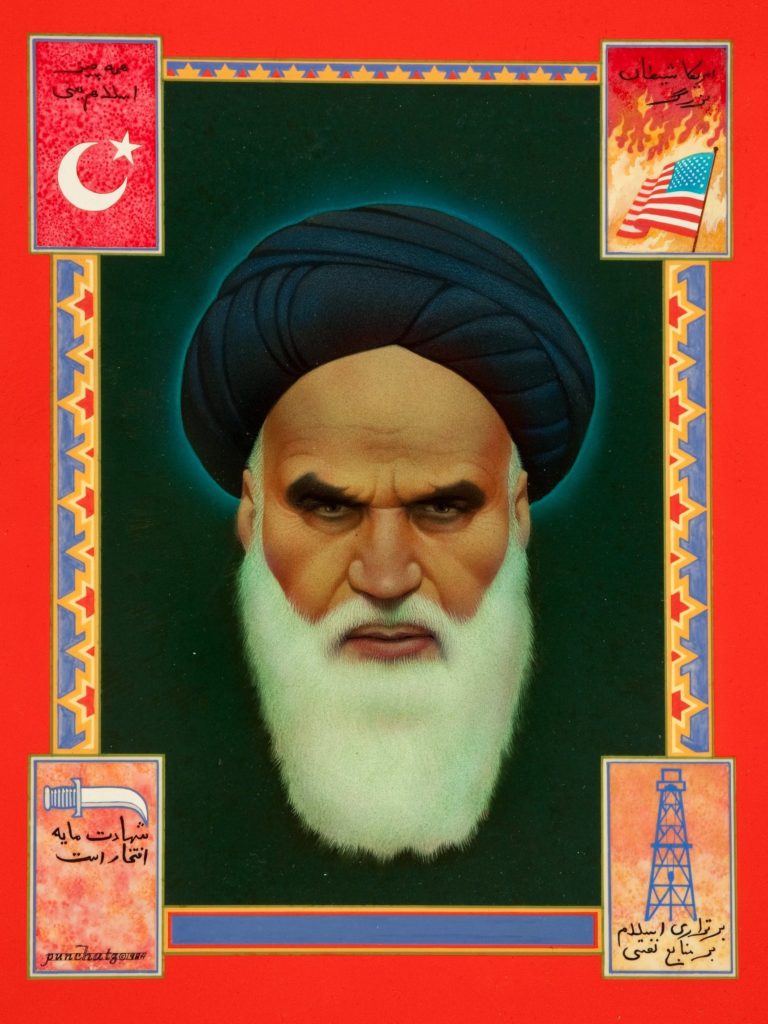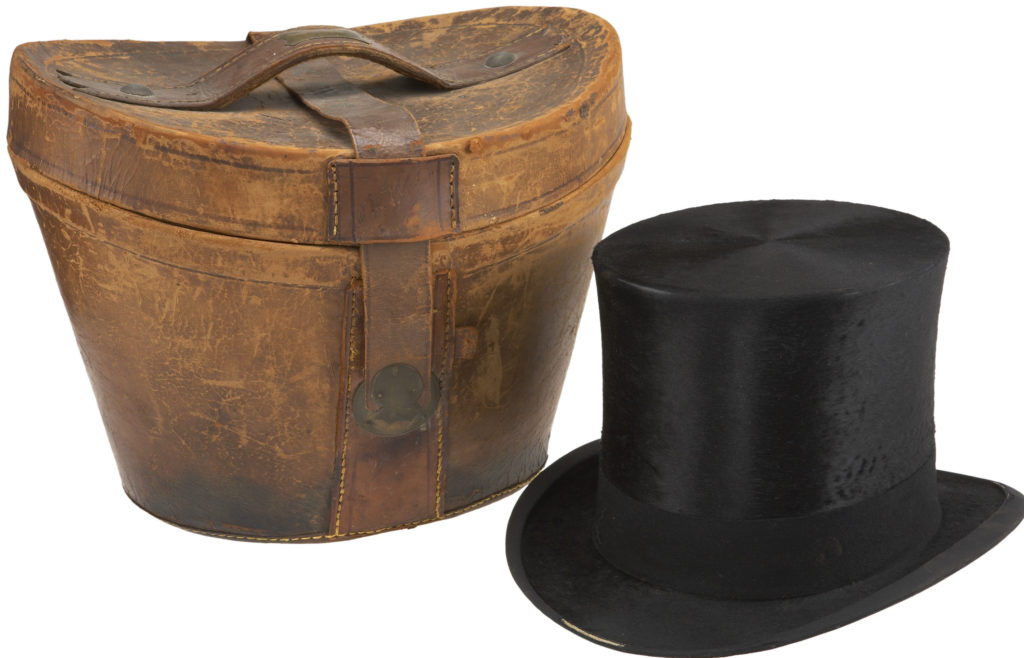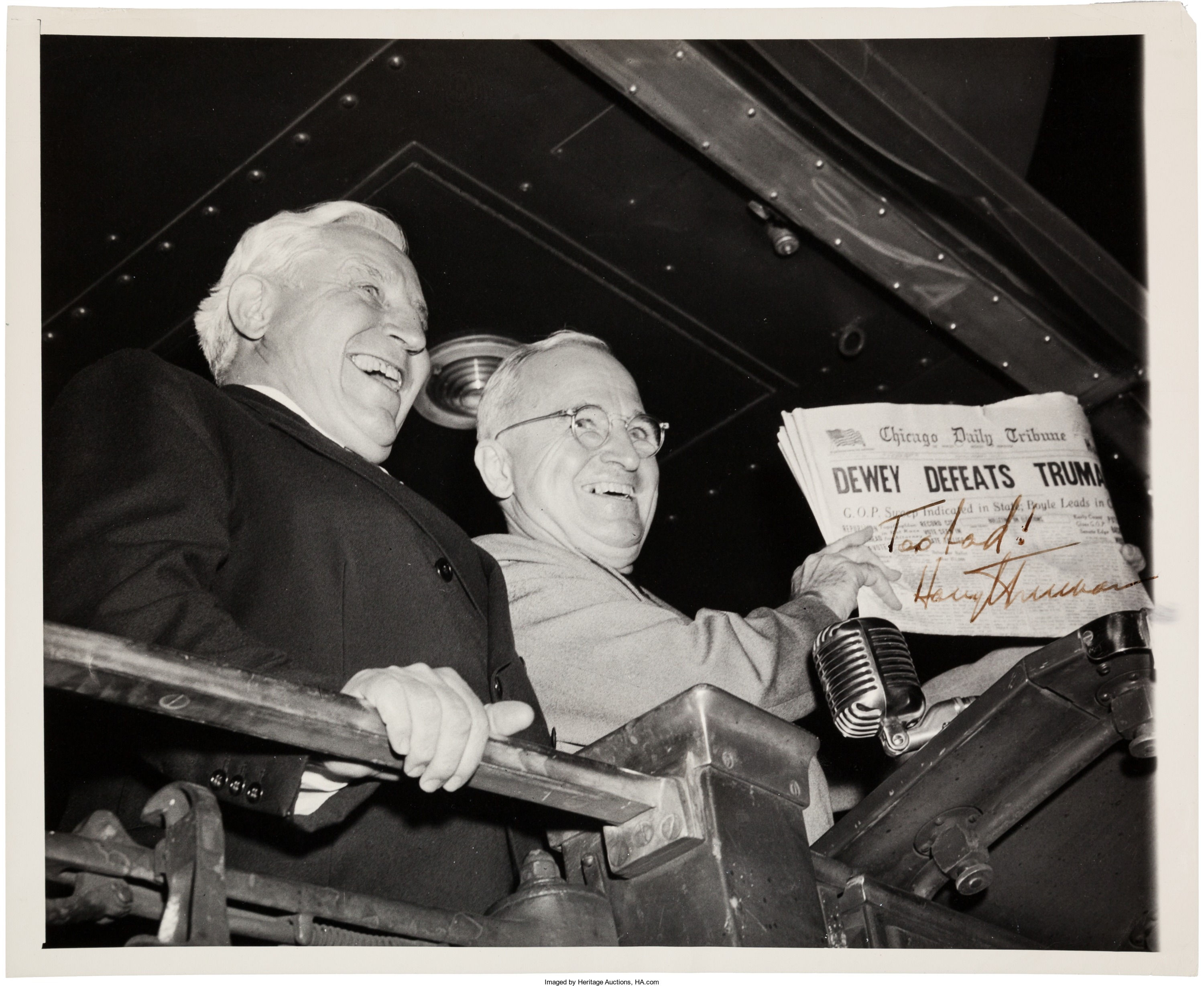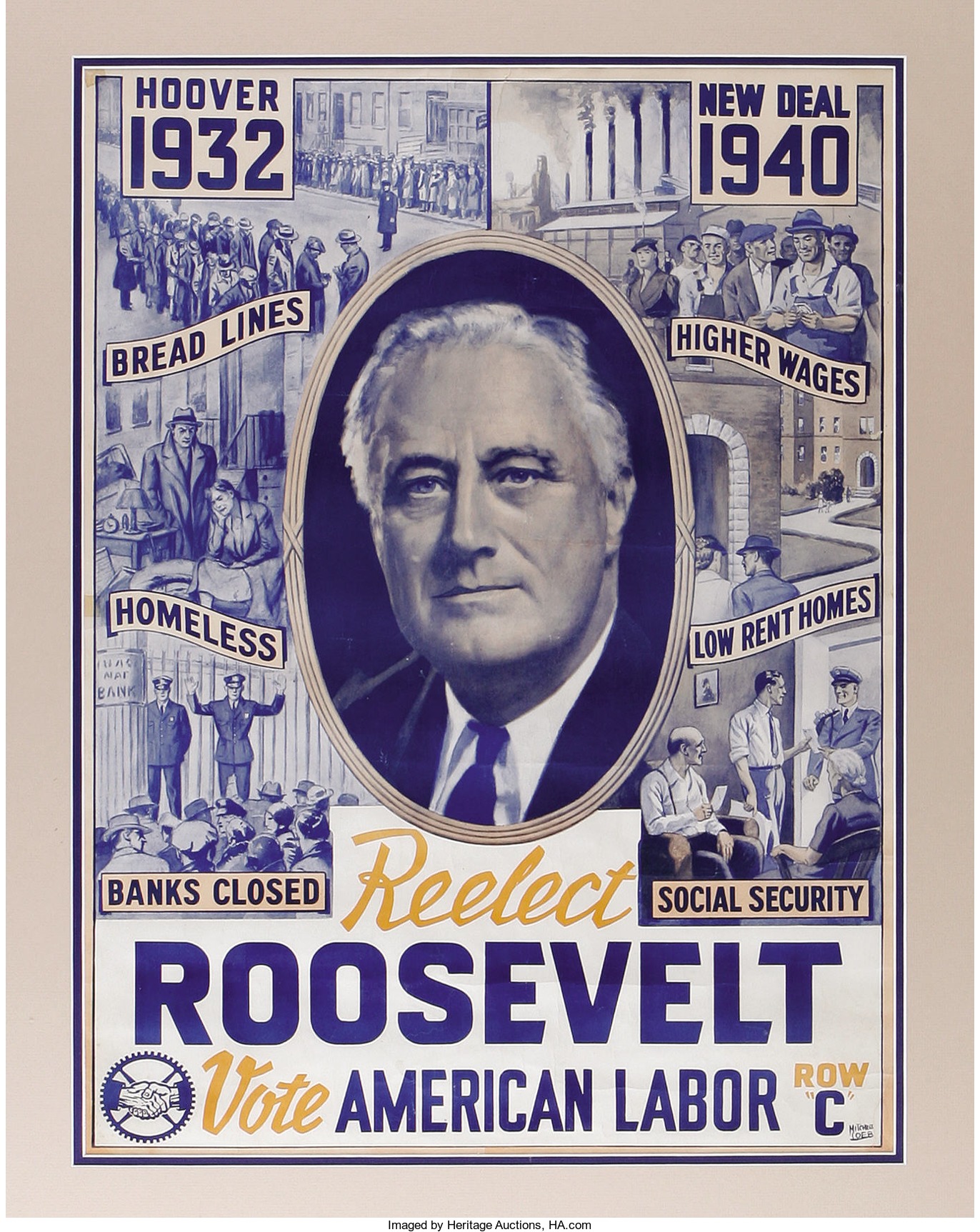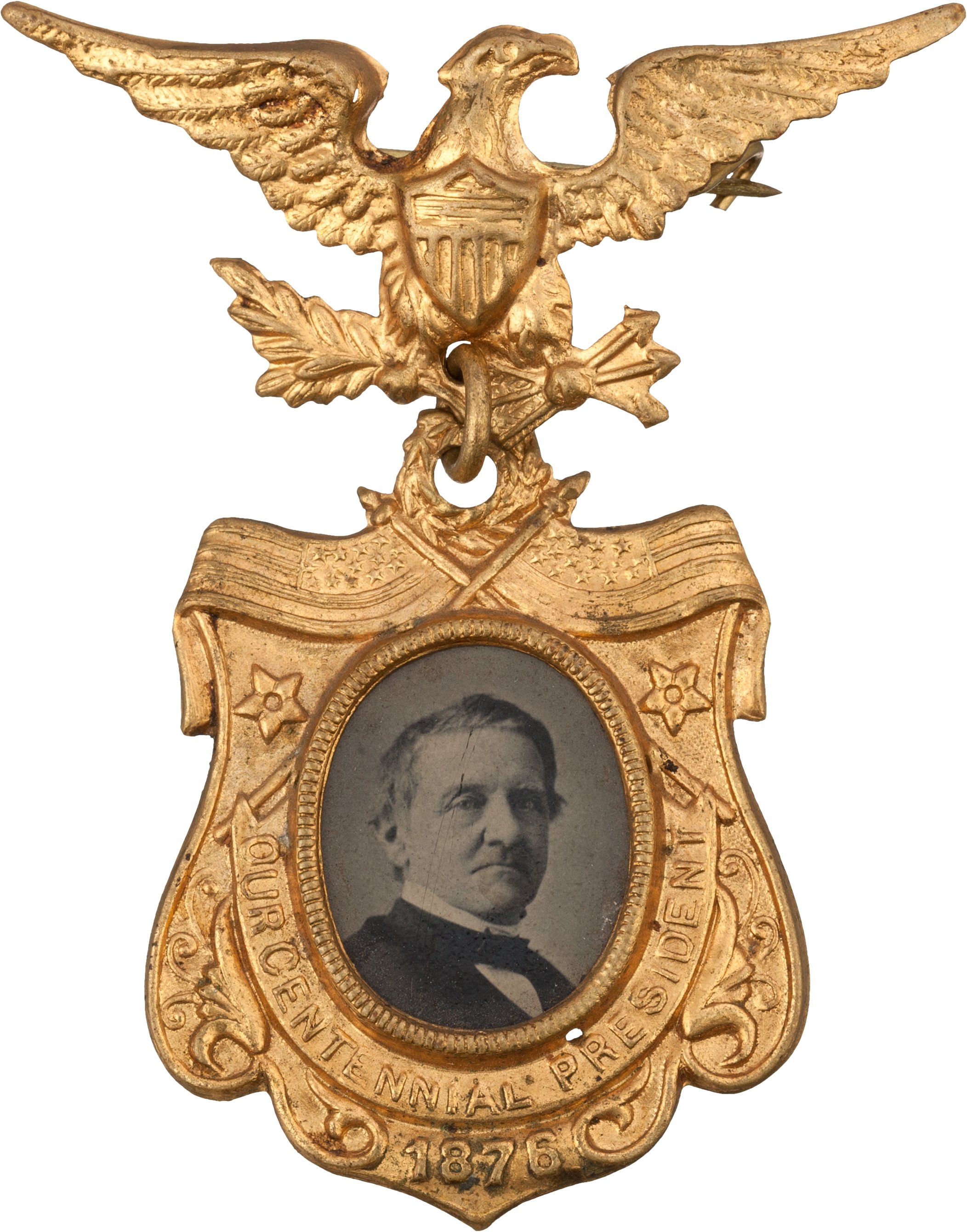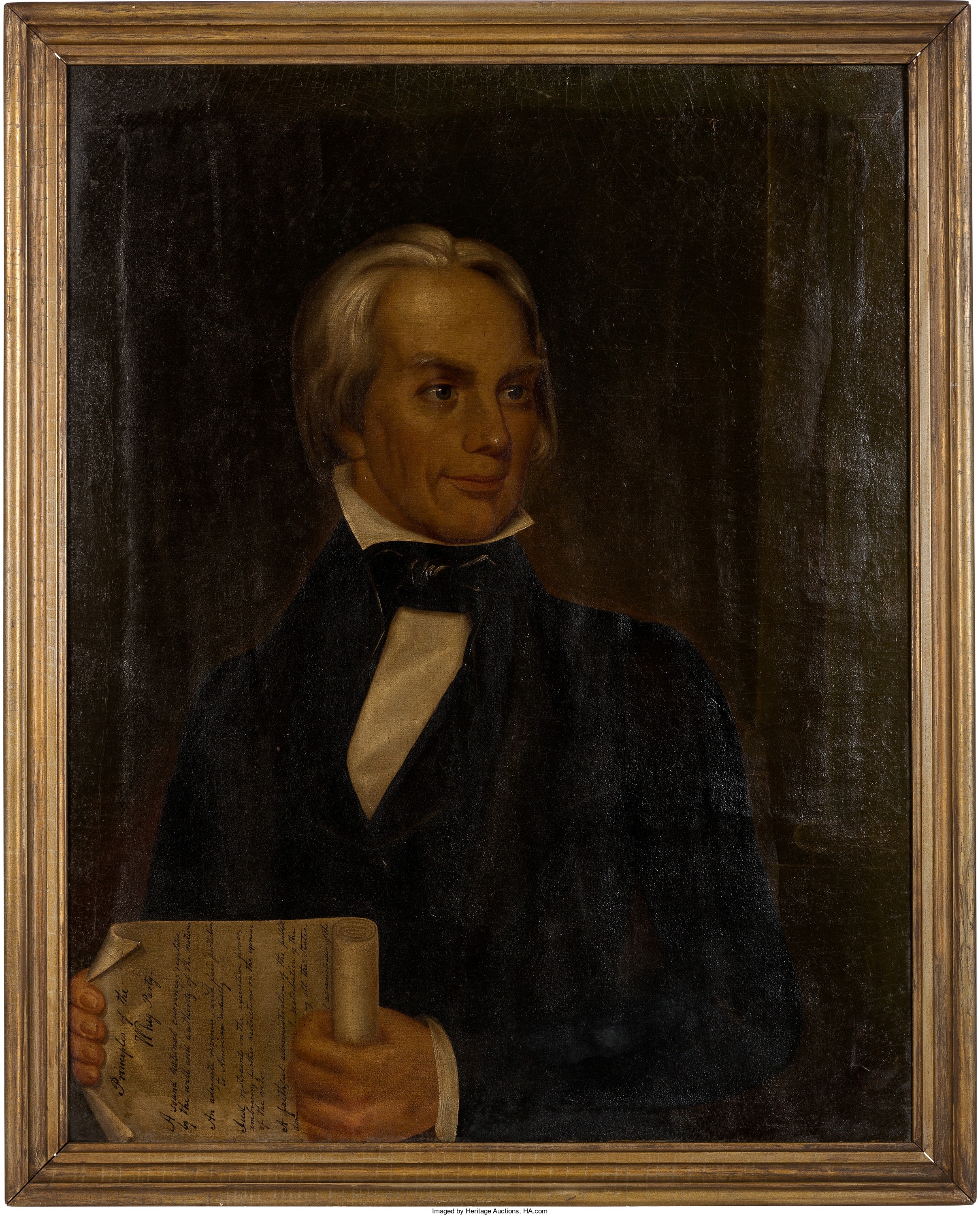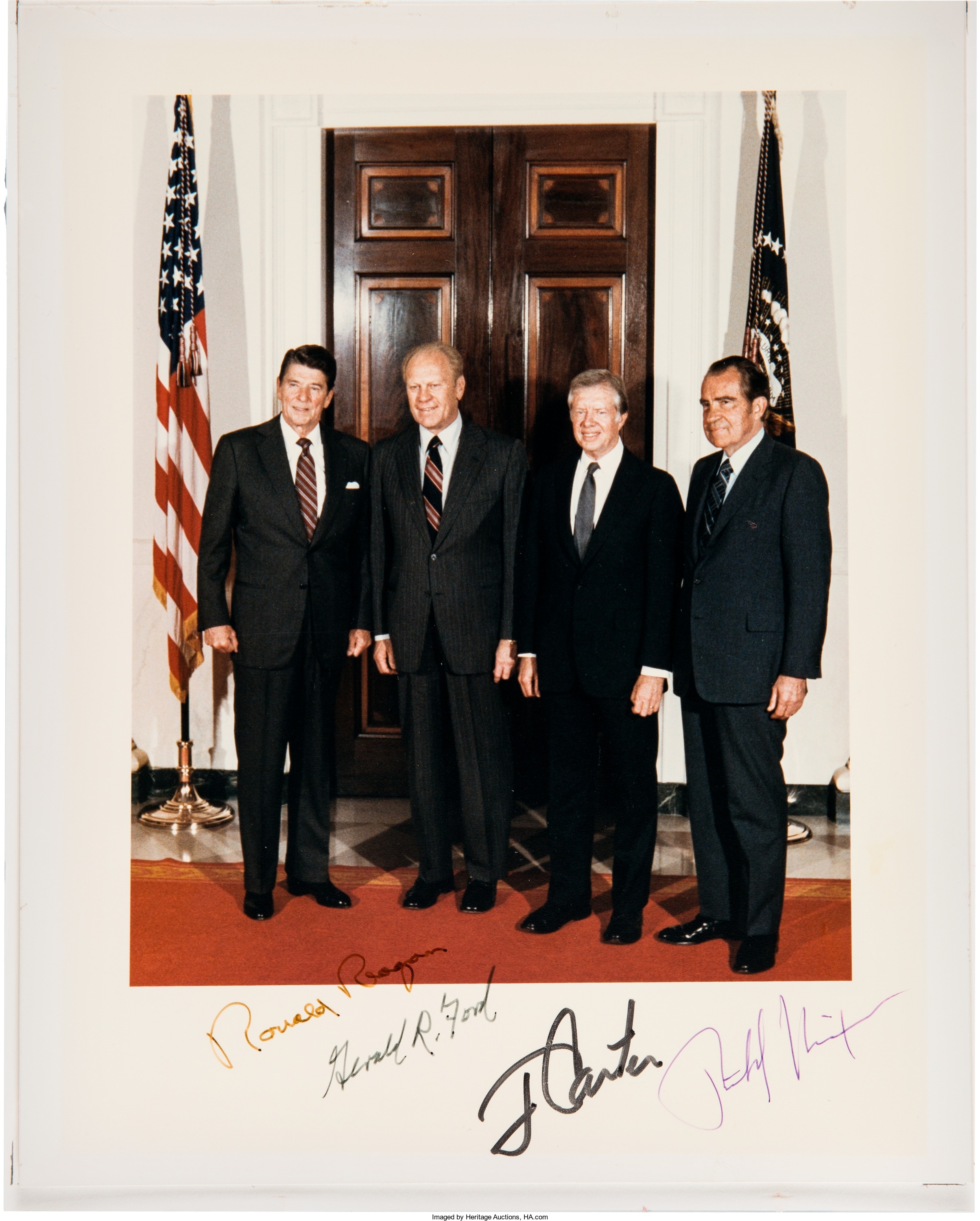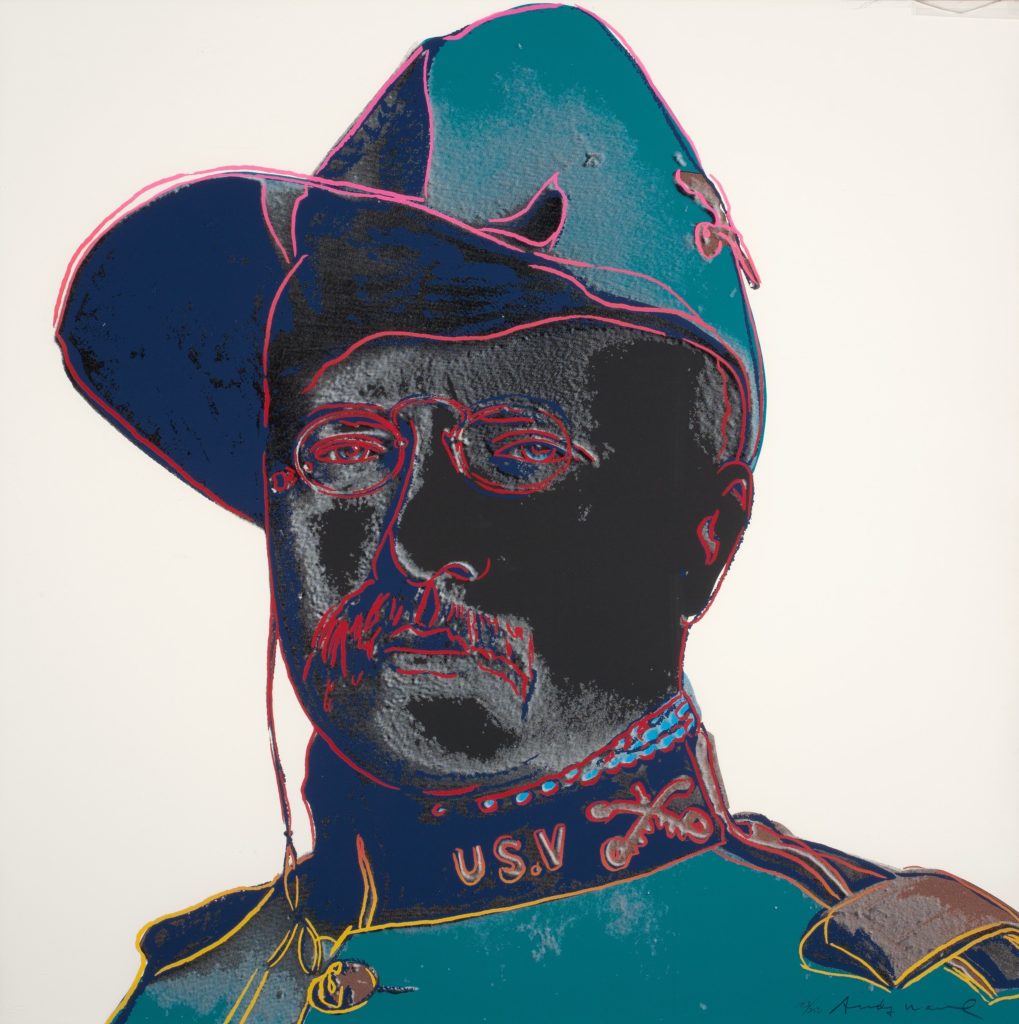
By Jim O’Neal
Theodore Roosevelt assumed the presidency in September 1901 following the assassination of William McKinley. Teddy was 42 years old and remains the youngest man to hold the office (JFK was 43).
When reelected in 1904, it was the first time an incumbent president won reelection after ascending to the presidency upon the death of his predecessor. Calvin Coolidge (1924), Harry S. Truman (1948) and Lyndon B. Johnson (1964) would later match this historic first.
When 1908 rolled around, TR honored his earlier pledge “not to seek a third term” and then maneuvered his associate William Howard Taft into the White House.
At the time, it seemed like a sound strategic transition for the Republicans. But it would turn out to be a colossal mistake that would grow in importance and haunt Roosevelt for the rest of his life.
When he returned from the historic Smithsonian-Roosevelt African Expedition two years later, the group had collected 11,400 animal specimens that took Smithsonian naturalists eight years to catalog. And the political animals had also been busy during his absence.
A major rift developed between President Taft and TR over policies that had become administration priorities. This, in turn, caused a deep divide in the Republican Party that could not be reconciled. It was so serious that neither faction could generate enough support to defeat Democrat Woodrow Wilson in the 1912 election.
Later, many politicians were convinced that Roosevelt was still popular enough to seriously contend for the 1920 Republican nomination. However, this conjecture was never tested since the mighty Bull Moose’s health was broken and he died on Jan. 6, 1919.
He still regretted making “that damn pledge not to run in 1908” and took it with him to the grave.
 Intelligent Collector blogger JIM O’NEAL is an avid collector and history buff. He is President and CEO of Frito-Lay International [retired] and earlier served as Chairman and CEO of PepsiCo Restaurants International [KFC Pizza Hut and Taco Bell].
Intelligent Collector blogger JIM O’NEAL is an avid collector and history buff. He is President and CEO of Frito-Lay International [retired] and earlier served as Chairman and CEO of PepsiCo Restaurants International [KFC Pizza Hut and Taco Bell].

